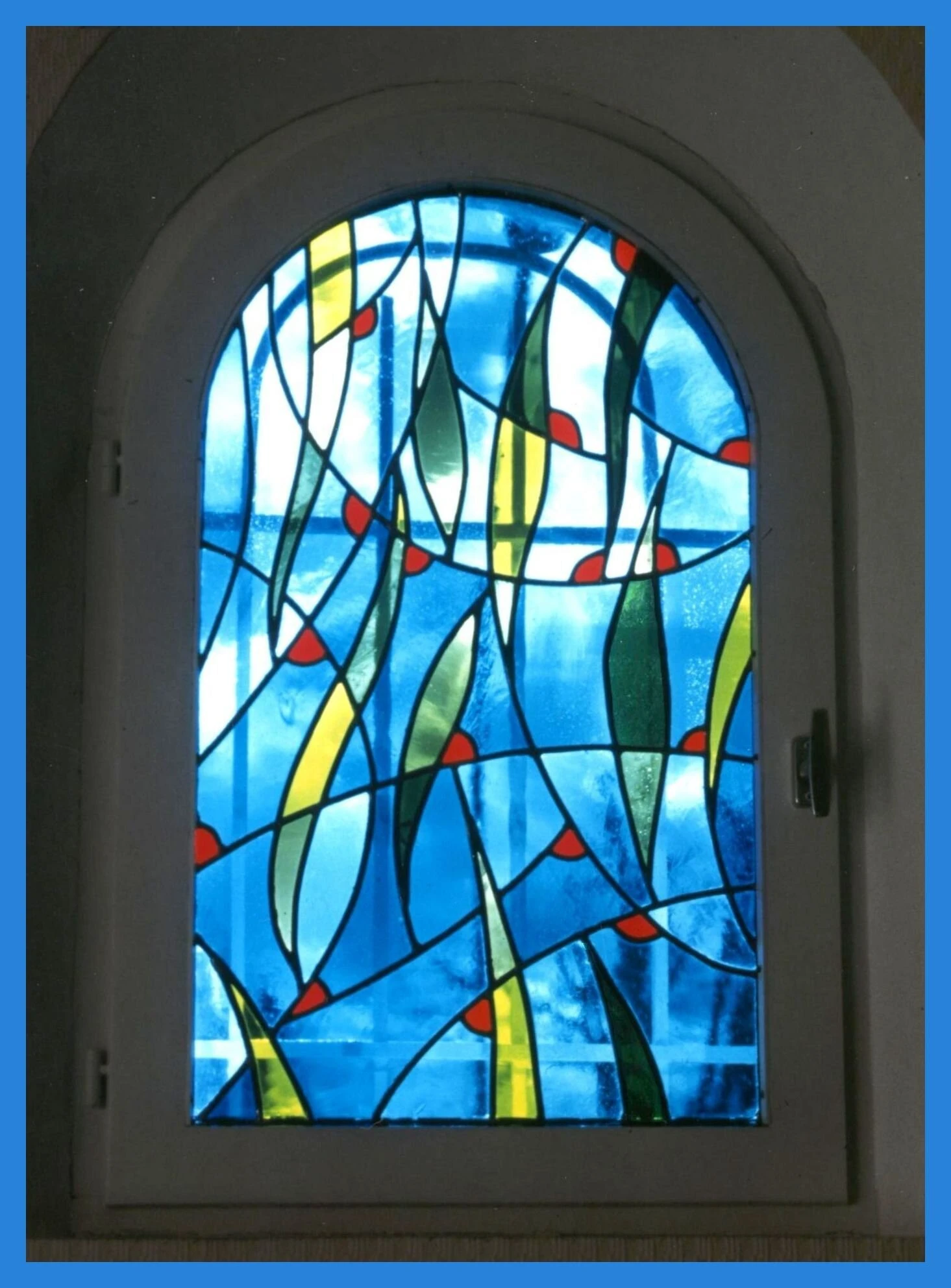

Understanding the Types of Low-E Glass A Comprehensive Overview
Low-emissivity (Low-E) glass is an innovative glazing technology that enhances energy efficiency in buildings and reduces ultraviolet (UV) radiation. It features a special coating that reflects infrared energy while allowing visible light to pass through. This unique property makes Low-E glass an essential component in modern, energy-efficient building designs.
There are primarily two types of Low-E glass hard coat and soft coat, each serving distinct applications and offering unique benefits.
Hard Coat Low-E Glass
Hard coat Low-E glass is created by applying an oxide layer onto the glass during the manufacturing process. This type of Low-E glass is also known as pyrolytic glass since it is produced at high temperatures. The oxide coating is robust and durable, making it resistant to damage during handling and installation.
One of the main advantages of hard coat Low-E glass is its ability to reflect solar energy while allowing visible light to pass through. This characteristic makes it ideal for climates where the primary goal is to reduce cooling costs during hot summer months. While hard coat Low-E glass reflects less infrared light compared to soft coats, its durability and performance in direct sunlight make it a popular choice for commercial buildings, factories, and other structures where glass is subject to wear and tear.
However, hard coat Low-E glass tends to have a lower performance in terms of insulation when compared to its soft-coated counterpart. Therefore, it may not be the best option for colder climates where heating efficiency is paramount.
Soft Coat Low-E Glass
Soft coat Low-E glass involves a different manufacturing process where the low-emissivity coating is applied in a vacuum chamber after the glass is produced. This type of coating, made with silver and other materials, is much thinner than hard coat glass, enabling enhanced performance in terms of insulation and energy efficiency.

One of the most significant benefits of soft coat Low-E glass is its ability to minimize heat transfer, keeping interiors warmer during cold weather while preventing excessive heat from entering during warm months. Its high thermal efficiency makes it ideal for residential applications, particularly in areas with harsh winters. Additionally, soft coat glass has superior clarity and aesthetic appeal, providing a clearer view without compromising on energy efficiency.
However, the soft coat is more sensitive to scratches and is generally less durable than hard coat glass. As a result, it may require careful handling and should be used in applications where it can be protected from potential damage.
Comparative Analysis
When deciding between hard coat and soft coat Low-E glass, several factors should be considered
1. Climate In warmer climates, hard coat Low-E glass may better serve cooling needs. In contrast, soft coat glass is more suitable for colder regions where heating efficiency is crucial. 2. Application For residential windows where aesthetics and insulation are critical, soft coat Low-E glass is usually preferred. Hard coat glass is more often found in commercial buildings and industrial settings due to its durability.
3. Performance Soft coat Low-E glass generally offers better overall energy efficiency and insulation performance, while hard coat glass excels in direct sunlight exposure and durability.
Conclusion
Understanding the types of Low-E glass—hard coat and soft coat—allows builders, architects, and consumers to make informed decisions about energy-efficient glazing solutions. Each type presents unique benefits and drawbacks depending on the specific needs and environmental conditions of the application. With increasing awareness of energy efficiency and sustainability, Low-E glass continues to play a pivotal role in modern construction practices.